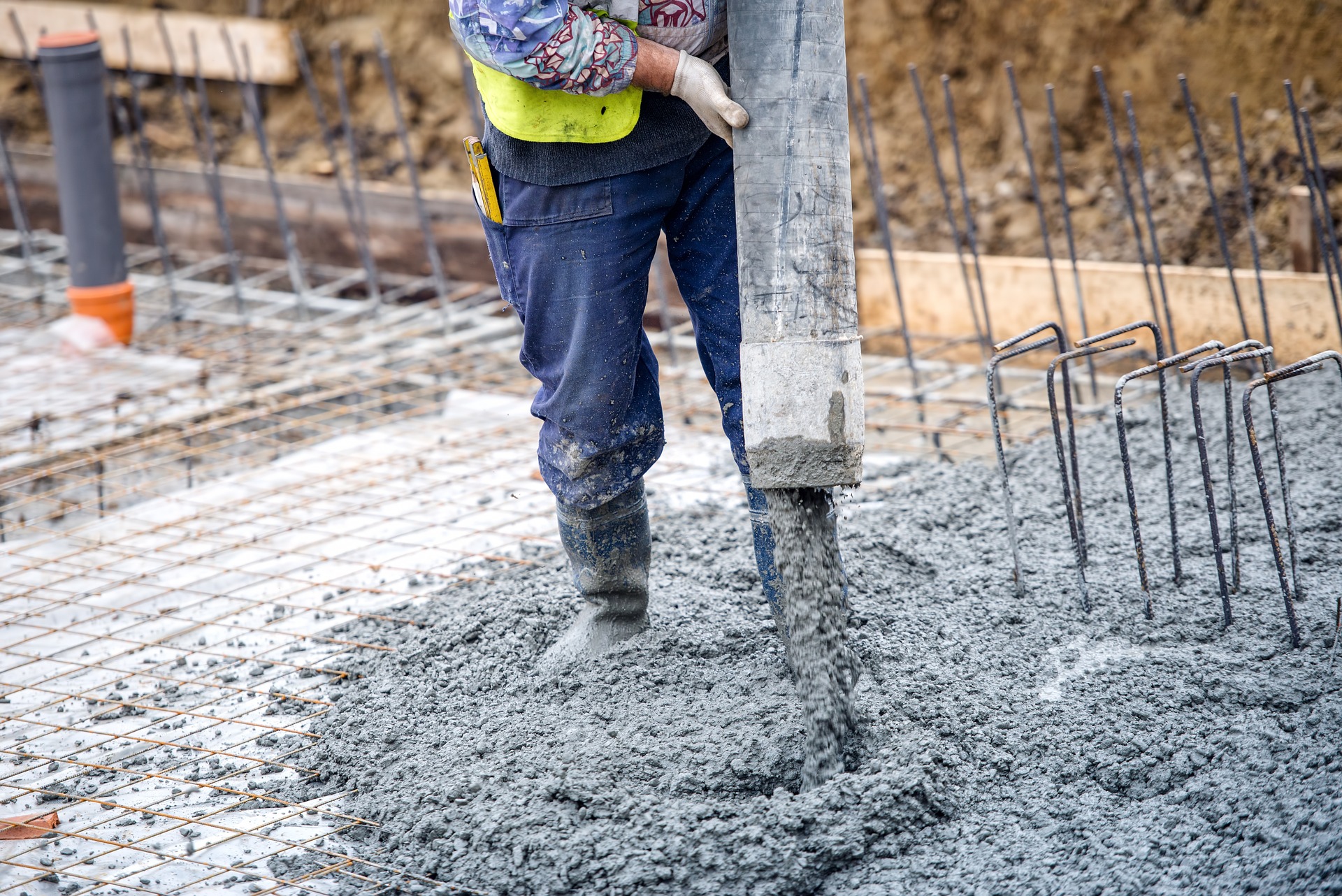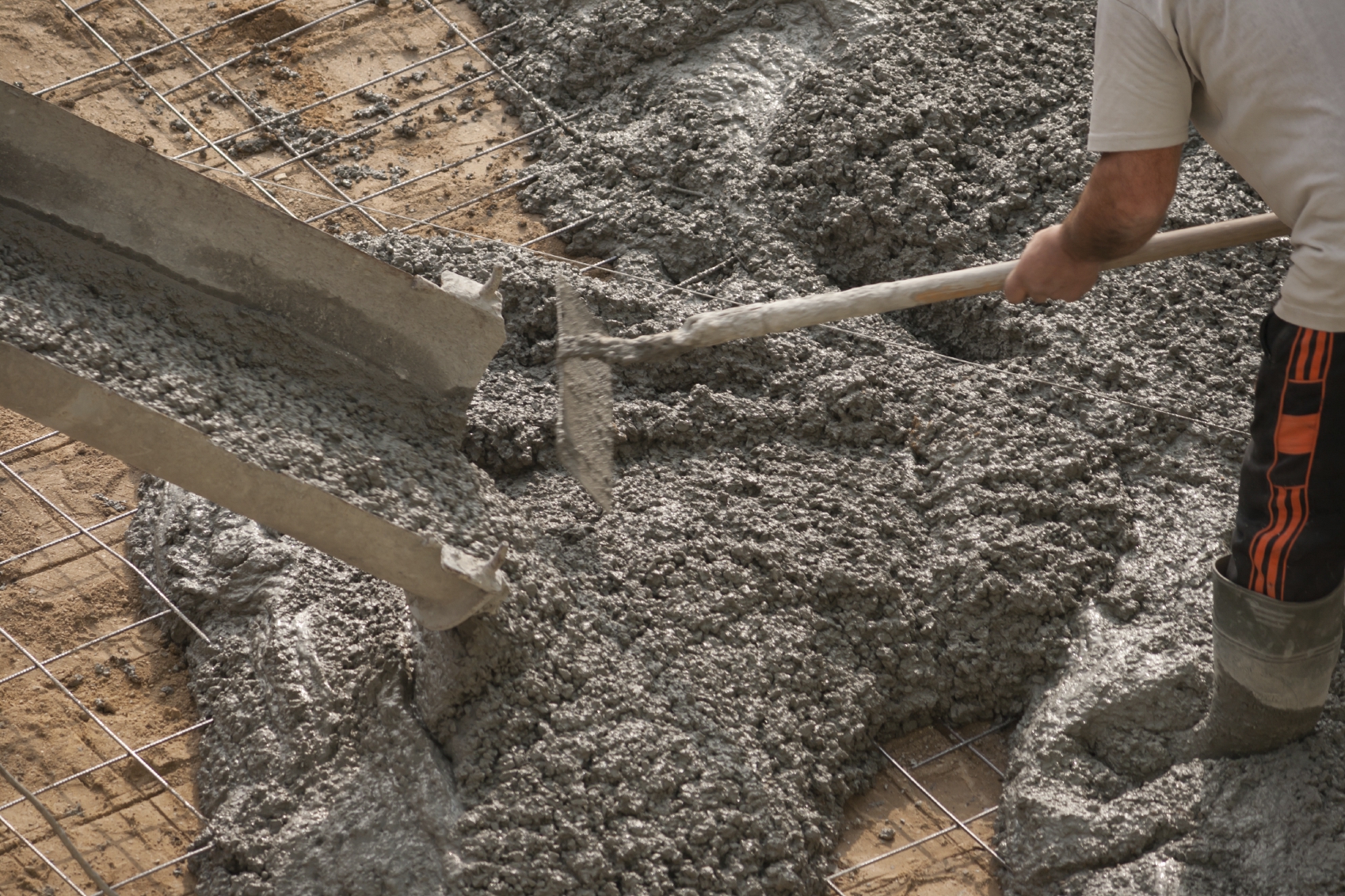Unveiling the Eco-Friendly Advantages of Using Recycled Concrete in Lasting Building Practices
In the realm of lasting construction practices, the use of recycled concrete stands as an essential yet usually undervalued resource. Beyond its standard applications, recycled concrete offers a myriad of environmentally friendly advantages that expand much past the confines of standard building and construction products. From minimizing environmental effect to improving cost-efficiency, the ramifications of integrating recycled concrete in lasting structure methods are substantial. This flexible material not only addresses pressing ecological problems yet additionally offers a practical solution to the obstacles dealt with by the building industry at big.
Environmental Advantages
By including recycled concrete into building and construction practices, there is a considerable reduction in the need for new raw materials, leading to conservation of natural resources. Furthermore, the usage of recycled concrete lessens the quantity of waste being sent out to land fills, therefore reducing ecological pollution and minimizing the stress on garbage dump capabilities (Concrete).

Furthermore, the manufacturing of conventional concrete is a significant resource of carbon exhausts as a result of the energy-intensive process of cement production. In contrast, recycled concrete has a lower carbon impact as it decreases the need for brand-new concrete production. This reduction in carbon exhausts adds to mitigating climate adjustment and supports lasting building techniques. Overall, the environmental benefits of utilizing recycled concrete are considerable and play an important function in promoting eco-friendly construction methods.
Cost-Efficiency
Accomplishing cost-efficiency is a vital factor to consider when examining the utilization of recycled concrete in building tasks. One of the crucial advantages of using recycled concrete is its cost-effectiveness compared to conventional concrete.
Furthermore, the use of recycled concrete can cause cost savings in landfill costs by drawing away concrete waste from disposal sites. This not only lowers the ecological effect yet additionally gets rid of the costs connected with waste elimination. The resilience and performance of recycled concrete are similar to conventional concrete, guaranteeing that expense financial savings do not endanger the quality of the building and construction.
Durability and Stamina
Recycled concrete deals equivalent, if not remarkable, toughness and stamina properties to standard concrete - Concrete. Via developments in processing techniques and top quality control, recycled concrete can fulfill or go beyond the performance requirements of conventional concrete.

Waste Decrease
Effective waste reduction methods play a vital duty in the sustainable usage of sources within the building and construction industry. Waste reduction is a crucial benefit that adds substantially to environmental conservation when it comes to making use of recycled concrete. Traditional building and construction techniques usually create significant amounts of next page waste, specifically in the kind of concrete debris from demolition sites. By incorporating recycled click here to find out more concrete into building and construction jobs, this waste is repurposed and diverted from land fills, reducing the general environmental influence of building and construction tasks.
Furthermore, the use of recycled concrete can lead to cost financial savings for building and construction jobs, as it is frequently a lot more budget-friendly than sourcing and moving brand-new materials - Concrete. In verdict, waste reduction through the use of recycled concrete is a crucial element of lasting building and construction methods that benefits both the atmosphere and the building and construction market as a whole.
Power Conservation
When it comes to using recycled concrete in construction, substantial energy financial savings are attained contrasted to traditional concrete manufacturing. The procedure of creating recycled concrete involves crushing and recycling existing concrete products, which takes in much less power than mining, handling, and moving raw products for new concrete production.
Verdict
In final thought, the application of recycled concrete in sustainable building methods offers various ecological benefits, cost-efficiency, sturdiness, toughness, waste decrease, and power preservation. By incorporating recycled concrete into building tasks, we can contribute to a more environmentally pleasant and lasting future. It is essential for the building and construction industry to prioritize the usage of recycled products to help decrease the environmental influence of building and construction tasks.
One of the key advantages of utilizing recycled concrete is its cost-effectiveness more information contrasted to typical concrete.Furthermore, the use of recycled concrete can lead to cost savings in landfill costs by drawing away concrete waste from disposal sites. The sturdiness and performance of recycled concrete are similar to standard concrete, ensuring that price financial savings do not endanger the quality of the building.
